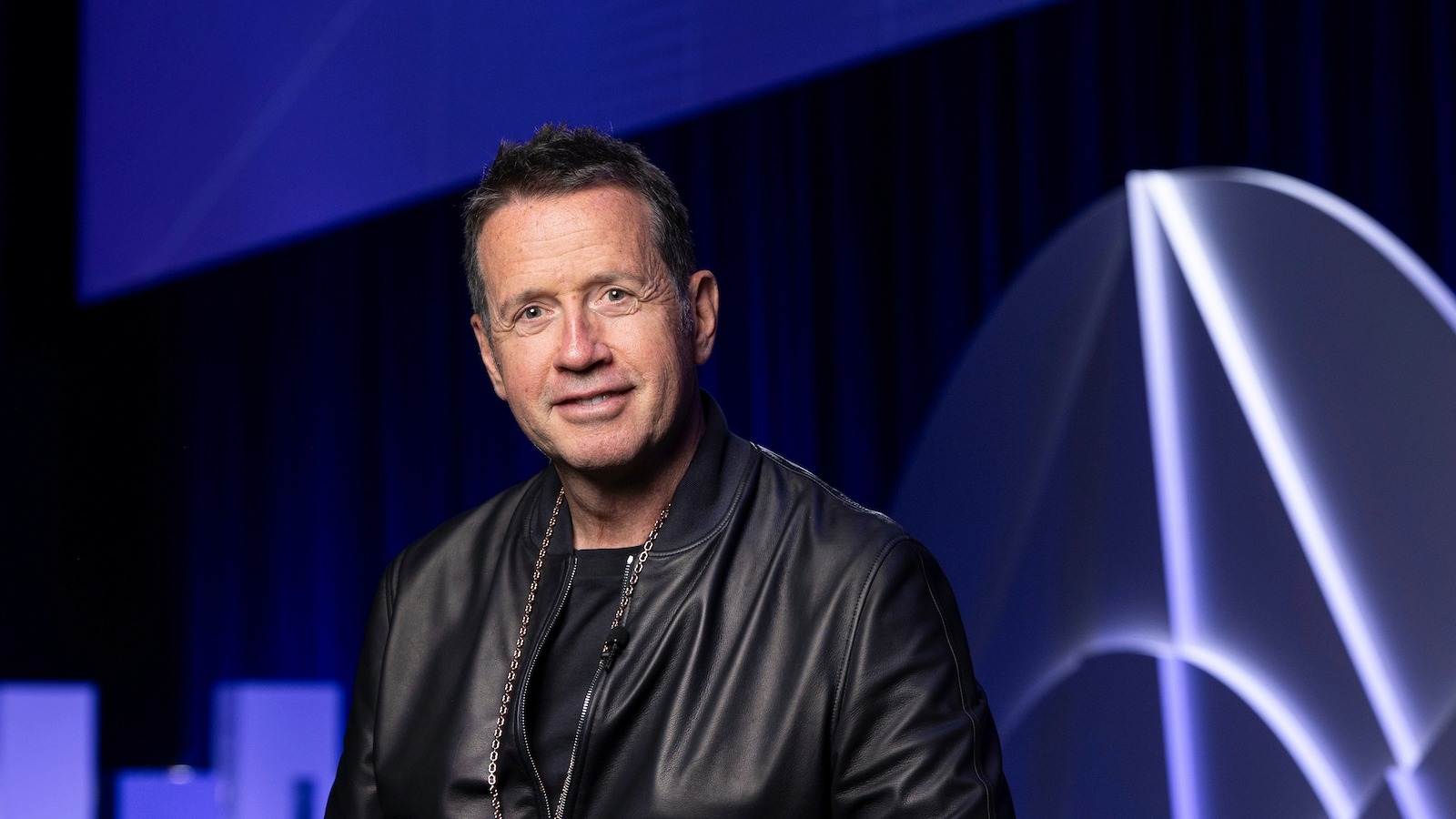
By limiting consumer choice and focusing on great storytelling, Blake Hutchison explains how Luxury Escapes’ unique proposition is making waves in the travel industry, and why Southeast Asia is the next frontier.
It’s a simple enough proposition when you think about it, explains Blake Hutchison. The word ‘luxury’ means different things to different people, and you just have to exceed those varying expectations. As CRO of Australian luxury travel brand Luxury Escapes, a US$200 million disruptor in the holiday market, he likely knows what he is talking about.
“It might mean a first trip to Bali for $1,000 for seven days. For other people, it’s the Maldives. Regardless, Luxury Escapes is giving you access to luxury for less than what you would pay elsewhere, and that is the ultimate proposition because not only can you brag about it, it doesn’t hurt your wallet as much.”
That, in a nutshell, is the premise of the brand. Luxury Escapes offers tailored high-end packages for specific hotels and resorts, primarily across Australia and Southeast Asia although they have expanded into Europe and North Asia. Hutchison says the company can leverage its roughly 2 million strong subscriber base to negotiate excellent rates with some of the world’s leading hotel brands.
Exclusive Deals
But the real trick in this is how it is then marketed to consumers. Each hotel deal is exclusive to Luxury Escapes and is only available to potential holidaymakers for two weeks. In that time period, Hutchison says, Luxury Escapes never puts a hotel up against its competitive set.
“That makes it very interesting because we’re able to dedicate time, almost like an ad agency, to telling a story for that partner around the experience that you’re likely to get,” he said. For consumers, it taps into that most modern and millennial of feelings: fear of missing out, or FOMO. Hutchison prefers more professional terminology: the psychology of scarcity.
“From a marketing perspective, you’re obviously driving urgency and that works really well in the holiday market,” he explains. “Ultimately, people aren’t very loyal to a destination, and they are even less loyal to a hotel group. So when I say I want to go to Vietnam, that can very easily shift to Thailand once I see a Luxury Escapes offer.
“What our consumers receive is an email which says: ‘This is the hotel that you should consider right now’. And that’s a really specific call to action.”

Blake Hutchinson
The brand publishes 30 new holidays each week and they are complete packages, including perks such as transfers, spa treatments, food and drink. Hutchison says for the modern traveller, the convenience of having Luxury Escapes take care of the destination and logistics is a powerful driver of purchase, as opposed to online travel agents like Expedia and Booking.com, which offer thousands of hotels and pit them against each other on price.
“So it’s kind of a race to the bottom in that regard,” he says. “I have a lot of respect for OTAs, they’re bigger than us, they’re amazing at what they do. But they’re a technology business, and we’re a content business.”
Content Is Key
Hutchison says content is critical to Luxury Escapes’ proposition, as it allows the company to build brand trust with consumers and eventually turn them into purchasers. The brand sends a videographer to every hotel it partners with, and has a Facebook Live channel to talk directly to its target audience.
“It lets us say who we are and what our story is,” Hutchison states. “We can talk through the best deals we have, tell our stories and prove to customers that we’ve actually been to a hotel.”
Audience figures range widely, from a couple of thousand up to nearly 100,000 viewers in a few cases. But Luxury Escapes’ social strategy goes beyond engagement, as Hutchison says it’s become an acquisition channel for active buyers.
“Social is our second best performing performance-marketing platform. We’ll publish a story about a hotel, and showcase a gallery, video, link to our web or mobile site. People are clicking through and transacting. We measure it on a 28-day attribution, just like we do search and email marketing. It’s become a core part of our acquisition funnel.”
Mobile Impact
Mobile is another key area for the brand. Hutchison reveals that 65% of all Luxury Escapes traffic starts on mobile, and around 27% of all transactions are happening in a mobile landscape.
But for all this disruptive strategy, surely not all the 30 weekly deals are big successes? What happens when a hotel deal tanks? Hutchison admits this sometimes happens, but says the credibility built with consumers by having a diverse portfolio of holidays is worth the lost revenue.
“You’ll have deals that sell literally 100 room nights, but it’s made a very niche set of consumers very happy,” he describes. “Then we mix that with a deal that might sell 25,000 room nights. Of course, that’s the money maker, but maybe the customer has such a good experience in that niche that finally Luxury Escapes has become their default place to buy travel, and they then buy into something else next time.”
As for Asia, Hutchison says Luxury Escapes sees huge potential, given the amount of inter-regional travel that goes on. The brand recently hired Rajah Chaudhry as Asia head, based in Hong Kong. “We’d like to see 15,000 Southeast Asians buy a Luxury Escapes holiday this year,” Hutchison proposes. “That would give us a footprint in year one. But in three years, we’d like to think Luxury Escapes Asia could be bigger than Luxury Escapes Australia.”
Cover image credit: Free Photos CC/Pexels
Article originally published on Campaign Asia-Pacific. Republished with permission.










